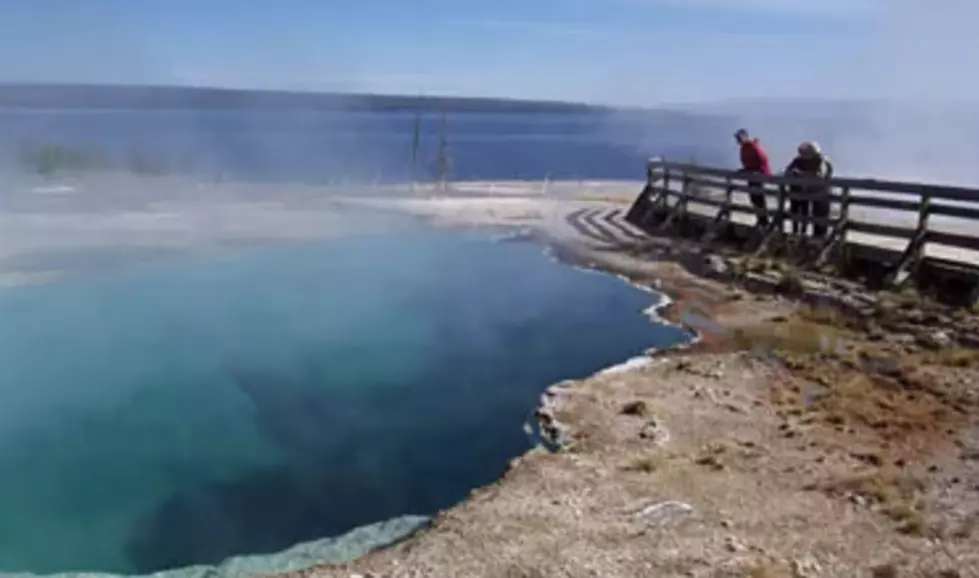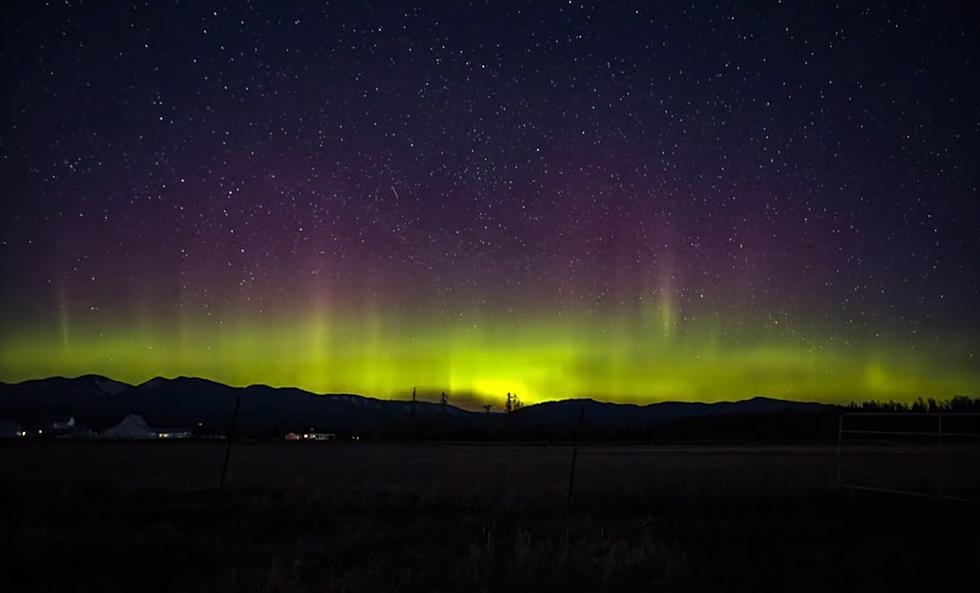
Summer Sun Dangers Greater In Wyoming
Summer is here and so is the danger, especially in the Cowboy State. The average elevation of Wyoming is about 6,700 feet, leaving us with less atmospheric filtering of sunshine and a greater exposure to damaging UVA and UVB rays.
"You have to be extra careful at protecting yourself at high altitudes," - Reuters Health.
"People don't realize how much additional sun you get at higher altitudes. It's anywhere from an 8 percent to a 10 percent increase for every thousand feet of elevation. In the summertime, you can get anywhere from 40 percent to 50 percent greater sun intensity than at sea level."
Sure, the sun gives us vitamin D that aids our bodies in absorbing calcium for strong bones and teeth. But, it contains invisible UltraViolet (UV) rays. The UVA and UVB wavelengths penetrate the earth’s atmosphere and our skin. That can cause damage over time, including premature skin aging, skin cancer, and eye damage.
To prevent sunburn, follow the three-“S” rule of sunscreen, shade and sun-protective clothing.
Use a wide brim hat, sun-proof clothing and a good sunscreen. Dermatologists recommend using a sunscreen that offers “broad spectrum protection,” which protects against both UVA and UVB rays
Before you buy a new pair of sunglasses, check the label. Glasses with “UV absorption up to 400 nm” or “Meets ANSI UV Requirements” on the label block at least 99% of UV rays. Sunglasses with “cosmetic” on the label block about 70% of UV rays. Dark glasses do not necessarily provide more protection.
Don’t wait until you are thirsty, drink up! Stay hydrated! Drink lots of water and enjoy water-rich foods such as grapefruit, watermelon and crisp lettuce which are more than 90 percent water. Broccoli and low-fat yogurt are close behind, at 89 and 85 percent water. Bring these healthy foods on a summer outing and enjoy them in the shade, or take an indoor break.
Heatstroke is serious. Symptoms May Include:
Confusion, Dizziness, Headache
Trouble Breathing Rapid Strong Heartbeat, , And Changes In Blood Pressure
Nausea, Vomiting
High Body Temperature (Above 103°F)
Hot, Red Flushed, Skin That Might Be Dry Or Moist Skin
Rapid And Pulse
Possible Unconsciousness
What You Should Do:
Call 911 immediately — this is a medical emergency.
Move the person to a cooler environment
Reduce the person’s body temperature with cool cloths or even a bath
Do NOT give fluids
At one time or another, we all get sunburned, try remedies of a cool, gentle shower. Ice or frozen vegetables wrapped in a soft towel and gently applied to the affected area can provide some relief. asecurelife also suggests aloe vera, honey, witch hazel, oatmeal, milk, baking soda and cider vinegar.
If you have children, YOU MUST PROTECT THEM.
uclahealth says: Thirst is a late signal of dehydration, meaning the body is losing more water than it takes in. Instead, kids should drink water throughout the day. If possible, try to schedule more intense activities to take place during the cooler hours of the day, such as the early morning and late afternoon.
When to take action:
Signs of dehydration in children include:
No wet diapers or less frequent urination
No tears when crying
Abdomen, eyes or cheeks that look sunken
Dry skin, mouth and tongue
Fatigue and listlessness
Light-headedness and dizziness
Confusion
Increased heart rate and breathing
Call your doctor if your child experiences any of these symptoms. For severe dehydration, your child may need to be hospitalized for proper cooling and hydration treatment.
They add: Higher isn’t always better.
A common sun safety error: “I used sunscreen with a super-high SPF, so we’re protected all day.” Don’t be fooled by high sun protection factor (SPF) numbers, which indicate how well they block dangerous ultraviolet B (UVB) rays. In fact, most experts agree that a SPF higher than 45 is not necessary. Using higher SPFs may even be less effective in cases where the high numbers may lead some people to think that they don’t need to reapply or that they can neglect other sun safety guidelines.
Here are some quick SPF tips:
Dermatologists recommend sunscreens with SPFs between 30 and 45
Dermatologists recommend using a sunscreen that offers “broad spectrum protection,” which protects against both UVA and UVB rays
SPF 15 sunscreen allows you 150 minutes of sun protection
SPF 15 blocks 93 percent of UVB rays
SPF 45 sunscreen allows you to 450 minutes of sun protection
SPFs 30 and 45 both block about 97 percent of UVB rays
Have fun in the sun, but don’t let it lead to the ER. Protect yourself, especially at altitude.
Are you high! Yes you are.
Cheyenne is at 6,062′, Casper 5,118′, Laramie, 7,165′ and the highest town in Wyoming is Fox Park at 9062 feet.
At 13,804 feet, Gannett Peak is the highest mountain in Wyoming. It's lin the Wind River Mountain Range, along the Continental Divide, just twenty-five miles north of Pinedale
More From 101.9 KING-FM









